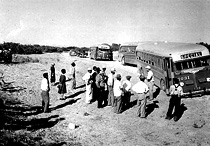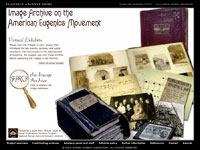Dangberg Home Ranch Historic Park [NV]
The Dangberg Home Ranch Historic Park is one of Carson Valley's first and largest ranches. The ranch was home to German immigrant Heinrich Friedrich Dangberg, who founded the site in 1857. A local businessman, rancher, and politician, Dangberg started his ranch with just a log cabin. At the time of his death in 1904, he had created a 20,000 acre ranching empire that his sons expanded to 48,000 acres. More than five acres of the ranch are now owned by Douglas County and managed by Nevada State Parks. The county and state are restoring the original buildings, including a main house, a stone cellar, a laundry building, a carriage house, a garage, and a bunkhouse. These buildings and original artifacts are on display.
The site offers tours.



